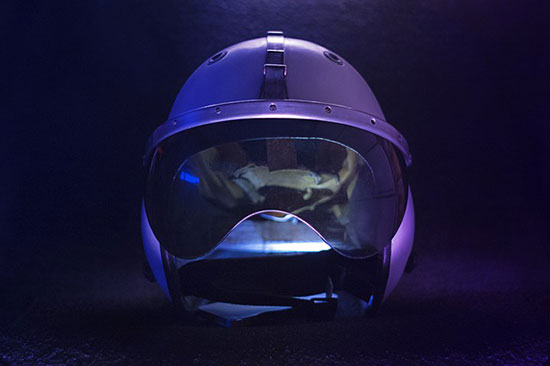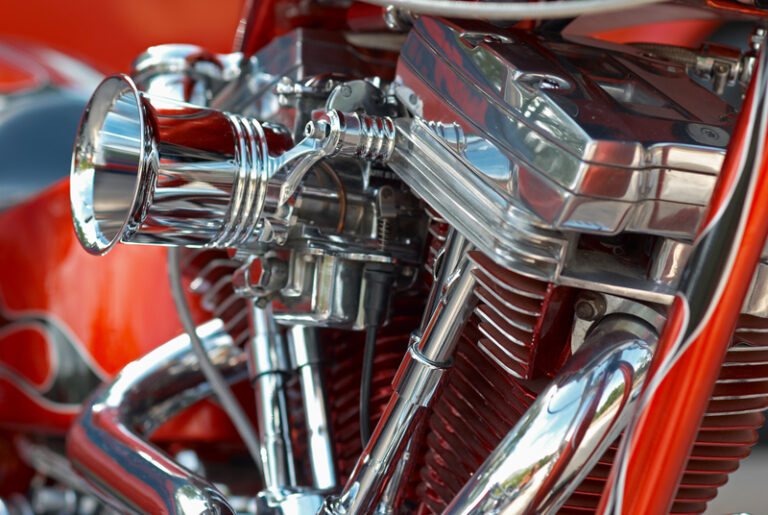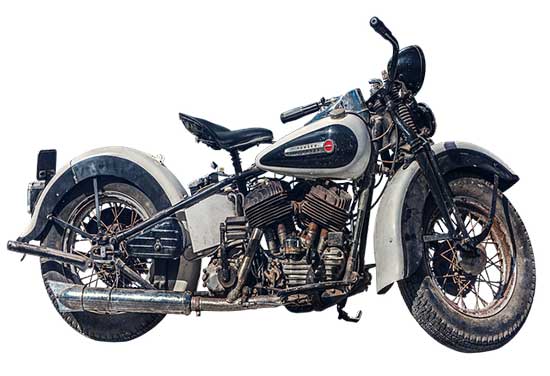Lamps play a crucial role in vehicle lighting, ensuring safety and visibility on the road. Among the different types of lamps available for automobiles, the 1156 and 1157 lamps are widely popular. But what sets them apart? Let’s see.
Contents
1156 Lamps
The 1156 lamp, also known as the S25 or BA15S lamp, is a single-filament incandescent lamp that is commonly used for turn signals, reverse lights and some brake lights in vehicles. It features a bayonet base and a single contact point.
1157 Lamps
On the other hand, the 1157 lamp, often referred to as the S25 or BAY15D lamp, is a dual filament incandescent lamp used primarily for combined brake and tail lights, as well as turn signals in vehicles.
This lamp has a bayonet base with two contact points and a dual filament configuration.
Technical Differences
Base Type
One of the primary differences between the 1156 and 1157 lamps is the base type. While both lamps have a bayonet base, 1156 has a single contact point (BA15S), and 1157 has two contact points (BAY15D).
Filament Configuration
Single Filament (1156)
The 1156 lamp utilizes a single filament, which means it can only emit one light intensity. This makes it suitable for single-function applications like turn signals or reverse lights.
Dual Filament (1157)
In contrast, the 1157 lamp has a dual filament design, allowing it to emit two light intensities. This feature makes it ideal for dual-function applications, such as combined brake and tail lights or turn signals.
Wattage and Voltage
Both lamps operate at 12V, but their wattage differs. The 1156 lamp typically has a wattage of 21W or 27W, whereas the 1157 lamp has a wattage of 21W/5W (for its dual filaments).
Brightness
The brightness of the lamps varies depending on their wattage. Generally, the 1156 lamp is brighter when used for turn signals or reverse lights, while the 1157 lamp’s dual filament allows it to provide both bright and dim light for brake and tail light functions.
Turn Signals
Both the 1156 and 1157 lamps can be used as turn signals in vehicles. However, the 1156 lamp is commonly used in vehicles with separate turn signals and brake lights, whereas the 1157 lamp is more frequently used in vehicles with combined turn signals and brake lights.
Brake Lights
The 1156 lamp can be used for brake lights in some vehicles, but it is not as common due to its single filament design.
The 1157 lamp, with its dual filament configuration, is better suited for brake light applications, as it can provide both bright and dim light, depending on whether the brake pedal is pressed or not.
Reverse Lights
Typically, the 1156 lamp is used for reverse light applications, as it provides a bright, single-intensity light that is suitable for illuminating the area behind a vehicle when backing up.
Compatibility
Vehicles
The compatibility of 1156 and 1157 lamps depends on the vehicle make and model, as well as the specific lighting application.
It is essential to consult your vehicle’s owner’s manual or consult a professional to determine the appropriate lamp type for your vehicle.
Socket Types
The 1156 and 1157 lamps have different socket types due to their distinct base designs. The 1156 lamp fits into BA15S sockets, while the 1157 lamp is compatible with BAY15D sockets.
It is crucial to ensure that you have the correct socket type for the lamp you intend to use.
Upgrading Options
LED Conversion
One popular upgrade option for both 1156 and 1157 lamps is converting to LED bulbs. LED bulbs offer increased energy efficiency, longer lifespan, and better brightness compared to incandescent bulbs.
There are LED conversion kits available for both 1156 and 1157 lamps, which usually involve plug-and-play installation.
Pros and Cons of LED
LED bulbs offer several advantages, such as improved energy efficiency, increased lifespan, and better brightness.
However, they can also come with some disadvantages, like higher upfront costs and potential compatibility issues with some vehicle systems. It is essential to weigh the pros and cons before upgrading to LED bulbs.
| Feature | 1156 Lamp | 1157 Lamp |
|---|---|---|
| Base Type | Single contact point (BA15S) | Double contact points (BAY15D) |
| Filament Configuration | Single filament | Dual filament |
| Wattage | Typically 21W or 27W | 21W/5W (for dual filaments) |
| Voltage | 12V | 12V |
| Brightness | Bright, single-intensity light | Bright and dim light |
| Application | Turn signals, reverse lights | Combined brake and tail lights, turn signals |
| Socket Type | BA15S | BAY15D |
| LED Conversion | Available as an upgrade | Available as an upgrade |
Similarities
| Feature | 1156 Lamp | 1157 Lamp |
|---|---|---|
| Lamp Type | Incandescent | Incandescent |
| Base Style | Bayonet | Bayonet |
| Voltage | 12V | 12V |
| Turn Signal Function | Can be used for turn signals | Can be used for turn signals |
| LED Conversion | Available as an upgrade | Available as an upgrade |
| Shape | S25 (approximately 25mm diameter) | S25 (approximately 25mm diameter) |
Conclusion
In summary, the primary differences between 1156 and 1157 lamps lie in their base type, filament configuration, and specific applications.
The 1156 lamp is a single filament bulb, commonly used for turn signals and reverse lights, while the 1157 lamp is a dual filament bulb, suitable for combined brake and tail lights, as well as turn signals.
Before choosing a lamp, it is crucial to consult your vehicle’s owner’s manual or seek professional advice to ensure compatibility.
Upgrading to LED bulbs can offer increased performance and efficiency, but it is essential to weigh the pros and cons before making a decision.
FAQs
Can I use an 1156 lamp in an 1157 socket or vice versa?
No, due to the different base types and contact points, an 1156 lamp cannot be used in an 1157 socket, and an 1157 lamp cannot be used in an 1156 socket.
Are LED bulbs better than incandescent bulbs for 1156 and 1157 lamps?
LED bulbs offer several advantages over incandescent bulbs, such as improved energy efficiency, longer lifespan, and better brightness.
However, they can also have some disadvantages, like higher upfront costs and potential compatibility issues.
How can I determine if my vehicle uses 1156 or 1157 lamps?
To determine the correct lamp type for your vehicle, consult your vehicle’s owner’s manual or contact a professional for guidance.






